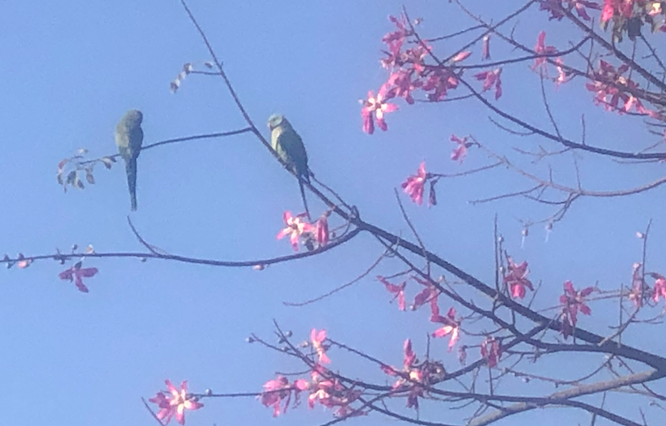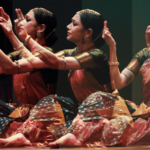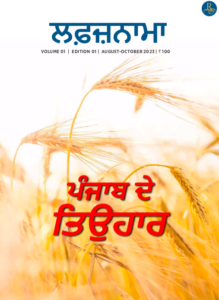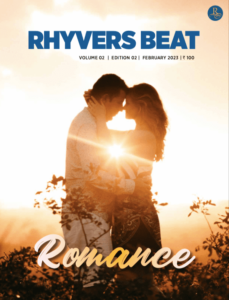I am still discovering: Rama Vaidyanathan

On a daily basis like Alice in Wonderland, I am discovering new things about the dance form.
Rama Vaidyanathan took Bharatanatyam to a new era of conscious thinking. She found her own meaning in Bharatanatyam and used the same to showcase her outlook on the mystical that permeates through each of us, Rama tells Rhyvers Beat Editor-in-Chief Affan Yesvi
It is said that each artist has a philosophy. Each dancer has a philosophy of dance. What’s your philosophy?
My philosophy of dance is to use dance as a medium to understand myself. To understand the purpose of my life. To understand this journey of life and use dance as a medium to establish a connection between myself and the supreme consciousness.
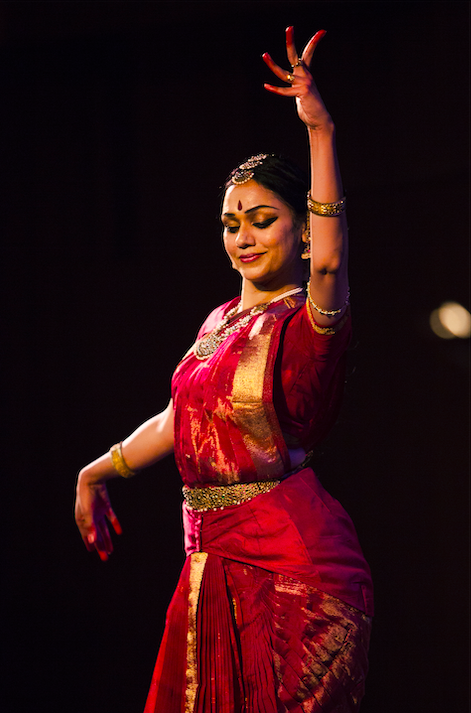
In a gushing review on your dance performance some years ago was most engaging. After referring to you as a “blaze of energy”, the reviewer said, “Rama has always been inclined to fireworks in her nritta…” What is this element of fireworks in your dance? Please elucidate.
Fireworks means vivacity and an expression of joy, an expression of complete surrender. Fireworks is always attached to light. Therefore any kind of nritta or pure dance sequence has to shine with the brightness of the Bharatnatyam vocabulary. So I try to use my body to showcase the beauty of the Bharatnatyam vocabulary.
In an interview, you said that your personal mantra is this: “My dance is bigger than me.” This is an intriguing sentence. Please explain.
Yes of course. Because Parmatma is bigger than the jivatma. The supreme consciousness is bigger than this one life. For me, art is that supreme consciousness. And the artist is that human life. This artist will die. But the art which I showcased through my body during my lifetime will always remain. It will always evolve. It will always roar like a continuous river, until it manifests itself in another body, and then in another body. So art is eternal, and artist is not. Therefore the art is always bigger than the artist.
It has been famously said about you, “Rama Vaidyanathan took Bharatanatyam to a new era of conscious thinking.” How? Please explain.
I feel that yes, as dancers we need to be mindful of what we are doing, why we are doing, how we are doing, to whom we are doing, where are we dancing. It is not just a mechanical exposition of movements. It is a dance of the soul. And only then it becomes a dance of the body. Which is why I feel that dance is like a movement of conscious thinking.
We have read about your repertoire: She would derive unconventional pieces, pick phrases from different languages and texts, seek meaning in places that people tended to ignore… What started you off on this amazing quest?
I have always been very interested in literature, very interested in reading, very interested in deconstructing literature and finding the hidden meaning of what the poet has said. Also, finding my own interpretation sometimes, in the poet. That is what led me to pick up some very unconventional themes and unconventional poetry, and translate that into music. It is something that is extremely exciting for me.
You are regarded as “one of the most formidable creators in Bharatanatyam”. Please tell us of your journey that has earned you these words of acknowledgement and praise.
I actually started creating my own pieces very early in life. I was just about 18 or 19 years old. And I always felt that a true artiste has to take dance out of the classroom. Because when you learn English, you learn A to Z, you learn C-A-T CAT, B-A-T BAT, but then what after that? After that, you need to write poetry with the language you have learnt. Or maybe you need to write comprehensions. Or maybe you need to write haikus. Or maybe you need to write essays. Or maybe you need to write a film script, or whatever.

It is the language that you learn, and then you use it in a creative process. Similarly dance is a language that I learnt, but that’s not enough. That’s what I learnt in the classroom. So how long am I going to repeat what I learnt in the classroom on to the stage? How long am I going to repeat the typical things that I learnt in the classroom? They are very beautiful and they are extremely essential to learn the vocabulary, to learn the grammar. But then you need to take dance above that. You need to go beyond the form. So that is what has triggered me. To go beyond the form. To go outside the classroom. Which has triggered me in all my creations.
About your dance form, a reviewer noted that you “decided to break free from the shackles of conventions and define your own art.” How did this happen, and in what ways have you defined your art?
Some people have said that classical dance is very traditional, bound by very strict rules. And we need to adhere to this technique extremely diligently. Yes, I agree. Technique is very important. Keeping the core principles of the dance form is also very very important.
But dances evolve. It cannot remain like a static piece in a museum. It has to move. It has to thrive. It has to emanate with energy. It has to absorb the world around it. It has to be a living tradition. So that is how I consider I dance. I like to add to it every time I create something, and every time I perform. Whatever I add is not something that I actually created myself. I think it’s always there. I just discovered it in my dialogue, in my relationship with my dance. On an everyday basis, layer by layer, dance reveals itself to me. I think even till the day I die, I would not have realized and understood and imbibed everything that my dance form has to offer me. I am still discovering. I am still discovering on a daily basis like Alice in Wonderland, and every minute I am discovering new things about the dance form. So I hate being static. I always want to evolve with the dance.
It has been said about your repertoire: “Her compositions are among the foremost in sparking conversation on the meaning of life itself.” Please enlighten us on this.
Like I said before – meaning of life, yes, that it very important for me. I think a spiritual and philosophical perspective to everything that we do is important. It doesn’t have to always be connected to religion. The religiosity of the dance form definitely is there, because you know it began in the temples. The basic stories are of mythology and Hindu traditions and Hindu Gods and Goddesses and enumerating their form and also the stories evolving around them – yes. But as I said, it is important to also use dance as a secular medium of communication. And for that you don’t really need to be attached to any particular religion. I like to explore that a great deal in my dance.
Photo Credits: Innee Singh, The article has been published in December Edition of Rhyvers Beat



